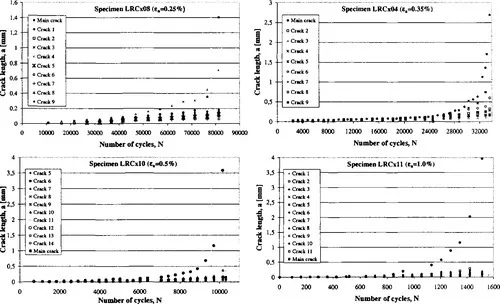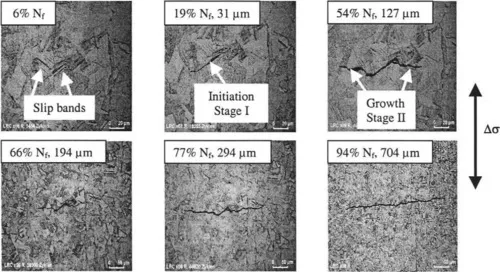
Advances in Mechanical Behaviour, Plasticity and Damage
D. Miannay, J.C. Dupré, J.M. Georges, M. Bornert, M. Cherkaoui, R. Schirrer, T. Thomas, S. Pommier, A. Pineau, P. Costa, D. François, A.B Vannes, A. Lasalmonie, D. Jeulin, D. Marquis, F. Vaillant, H. Burlet, M. Berveiller, M. Berveiller
- 1,576 páginas
- English
- ePUB (apto para móviles)
- Disponible en iOS y Android
Advances in Mechanical Behaviour, Plasticity and Damage
D. Miannay, J.C. Dupré, J.M. Georges, M. Bornert, M. Cherkaoui, R. Schirrer, T. Thomas, S. Pommier, A. Pineau, P. Costa, D. François, A.B Vannes, A. Lasalmonie, D. Jeulin, D. Marquis, F. Vaillant, H. Burlet, M. Berveiller, M. Berveiller
Información del libro
Since its inception in 1991, EUROMAT has been held each year on behalf of the Federation of European Materials Societies (FEMS), and alternates between general and topical prospectives.
This year's theme, Advances in Mechanical Behaviour, Plasticity and Damage, was proposed by the Societe Francaise de Metallurgie et de Materiaux (SF2M) to FEMS.
This publication contains a selection of papers presented at the EUROMAT 2000 Conference, held in Tours, France on 7-9 November 2000. The aim of this Conference was to concentrate mainly on recent advances made in the investigation of the relationship between microstructures of materials and their mechanical behaviour; including, fundamentals, modelling and applications. Encompassed in the Conference's aim is the nurturing of the synergistic effect between the theoretical and applied areas in this field. This was achieved by addressing important basic and practical aspects of the mechanical behaviour and damage of materials whilst also providing significant links between various complementary approaches.
All kinds of materials are covered and topics that were covered include the mechanics of solid polymers, microstructurs and micromechanisms, and the collective behavior of defects which looks at the interaction of multiple defects in a system.
Preguntas frecuentes
Información
Fatigue Crack Initiation and Crystallographic Crack Growth in an Austenitic Stainless Steel
ABSTRACT
MATERIAL AND EXPERIMENTAL PROCEDURES
| C | Si | Mn | p | S | Cr | Mo | Ni | Nb | Ti | Al | N2 | Cu | Co | B | Ta |
| 0.026 | 0.22 | 1.88 | 0.009 | 0.001 | 18.45 | 0.36 | 10.80 | 0.350 | 0.020 | 0.020 | 0.026 | 0.05 | 0.03 | 0.0015 | 0.006 |
RESULTS



